
New rice celebration of the Gia Rai people. (Photo: N.Thu)
The new rice celebration not only expresses gratitude to heaven and earth, thanks to the gods, but also connects the community, is a vivid proof of the enduring vitality of Central Highlands culture in the flow of time.
The spiritual thread that connects humans-nature-spirits
The New Rice Celebration, also known as the New Rice Festival, is a long-standing traditional ceremony of the Gia Rai people, held from October to December every year, after the rice season has been harvested, the ripe golden rice is brought back to the granary.
According to the Gia Rai people's concept, the first worshiping ceremony is to give thanks, expressing gratitude to heaven and earth for giving people a bountiful rice crop, then the gathering of families, demonstrating the spirit of solidarity in the community.
The festival is solemnly held in a large space in front of the communal house, a sacred place considered the heart of the community. After the village elders and the clans in the village agreed, the villagers gathered early in the morning to prepare. They set up a pole in the middle of the yard, displaying traditional offerings such as sticky sticky rice, grilled meat, jars of rice wine, bundles of new rice... Families with means also offered pigs and chickens to the gods.
The most sacred moment is when the village elder offers the ceremony, loudly praying: "Oh God, today I have brought big pigs and big chickens here, respectfully inviting you to come here to receive the ceremony, please protect and give peace to the villagers, pray for them to be safe from disasters, and for their business to prosper..." That is the language of folk beliefs, a spiritual voice that conveys faith and hope.
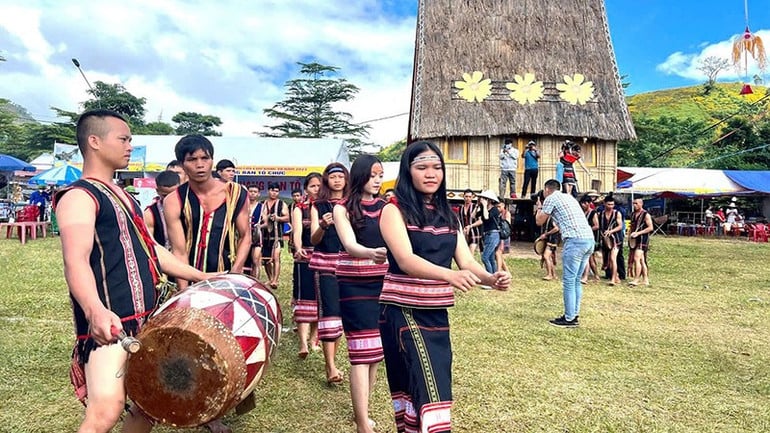
The xoang dance and gong rhythms are combined at the festival. (Photo: N.Thu)
Village elder Kpuih Oh in Ghe village, Ia Dok commune, Gia Lai province - who has been involved in traditional festivals for decades, confided: "Every time I worship, I speak for the villagers. Not only is it a thanksgiving ceremony, it is also a reunion, an indispensable happy day for the community."
After the main ceremony, the village elder reports to the gods about village affairs and positive activities in production and labor, and respectfully prays for a favorable harvest next year.
Keeping the traditional fire alive in the modern flow
Not just a simple thanksgiving ceremony, the New Rice Celebration also bears the mark of community unity. After the ceremony, there is a lively festival with the sound of gongs, xoang dances, folk songs, and laughter throughout the village.
Ms. Rah Lan H'Tiet - a young Gia Rai woman in Ia Dok commune, who was able to fully participate in the new rice celebration for the first time, shared: "I am very happy to learn more about the unique cultural beauty of my people. Through the festival, I see people connecting and loving the roots of their people more."
That atmosphere is proof of a community that is still preserving its cultural soul through each generation.
Siu Diep, a fellow villager, excitedly said: “We are very proud to participate in the xoang dance, to learn about and preserve the traditional beauty our ancestors left behind. We hope that this can be organized every year.”
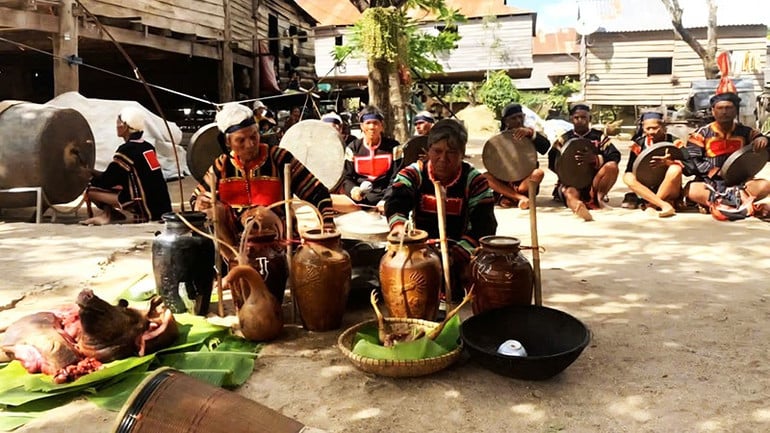
The Gia Rai people's new rice celebration shows a high community spirit. (Photo: N.Thu)
However, as an inevitable rule, traditional festivals are also being affected by modern life. Many places no longer celebrate the New Rice Festival in the same complete way as before. Partly because the young generation goes to school or work far from home, partly because of changes in farming methods, from traditional upland rice cultivation to wet rice cultivation 2 to 3 times a year, making the rituals associated with the crop less popular.
Mr. Ksor That (Ia Tul commune) shared: “In the past, almost every family that grew upland rice held a ceremony to celebrate the new rice crop. From worshiping in the fields, bringing the rice spirit back to the warehouse, worshiping to open the warehouse door to holding a celebration party, all were important rituals, showing respect and community. Nowadays, people mainly grow wet rice, so the ceremony in the traditional form is not much left. But families that still grow 6-month rice (upland rice) still maintain this ritual.”
Although not as popular as before, the meaning of the festival remains intact, which is gratitude for labor, a precious indigenous cultural feature that needs to be preserved.
Village elder Siu Yon, a prestigious person in O village, Ia Pia commune, said: “The festival is a link connecting the community, where children learn the spirit of sharing and solidarity. This is an opportunity to teach spiritual values, customs, agricultural production skills, and ways of living, so that life continues to be nurtured from the cultural foundation.”
In recent years, the local Party committees and authorities of Gia Lai province have made many efforts to preserve and promote traditional cultural values. The support of the government, the participation of organizations, and the response of the people are important factors for the survival of cultural values such as the New Rice Festival to continue to be preserved and promoted in the future.
SONG NGAN
Source: https://nhandan.vn/gin-giu-ban-sac-dan-toc-nguoi-gia-rai-post920233.html




![[Photo] Ho Chi Minh City Youth Take Action for a Cleaner Environment](https://vphoto.vietnam.vn/thumb/1200x675/vietnam/resource/IMAGE/2025/11/04/1762233574890_550816358-1108586934787014-6430522970717297480-n-1-jpg.webp)
![[Photo] Panorama of the Patriotic Emulation Congress of Nhan Dan Newspaper for the period 2025-2030](https://vphoto.vietnam.vn/thumb/1200x675/vietnam/resource/IMAGE/2025/11/04/1762252775462_ndo_br_dhthiduayeuncbaond-6125-jpg.webp)
![[Photo] Ca Mau "struggling" to cope with the highest tide of the year, forecast to exceed alert level 3](https://vphoto.vietnam.vn/thumb/1200x675/vietnam/resource/IMAGE/2025/11/04/1762235371445_ndo_br_trieu-cuong-2-6486-jpg.webp)
![[Photo] The road connecting Dong Nai with Ho Chi Minh City is still unfinished after 5 years of construction.](https://vphoto.vietnam.vn/thumb/1200x675/vietnam/resource/IMAGE/2025/11/04/1762241675985_ndo_br_dji-20251104104418-0635-d-resize-1295-jpg.webp)


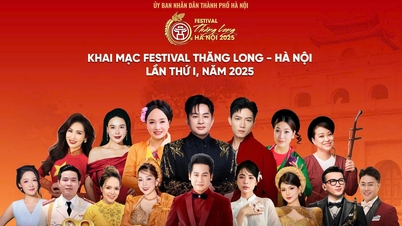


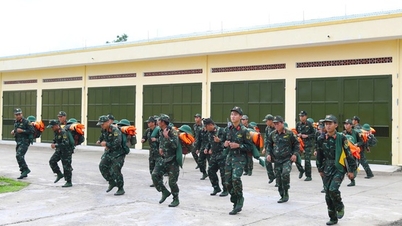

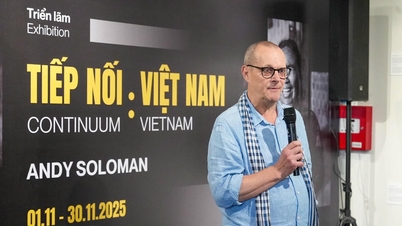







![[Video] Ministry of Education and Training announces the 2026 university and college enrollment plan](https://vphoto.vietnam.vn/thumb/402x226/vietnam/resource/IMAGE/2025/11/04/1762270484541_dung00-18-42-03still007-jpg.webp)




















































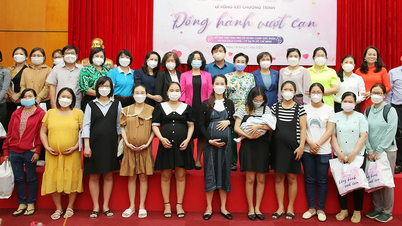



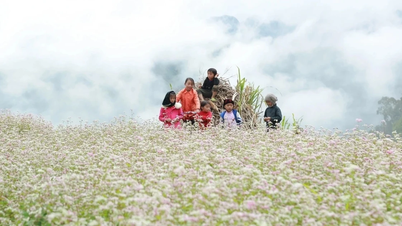





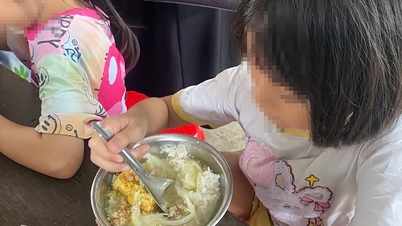










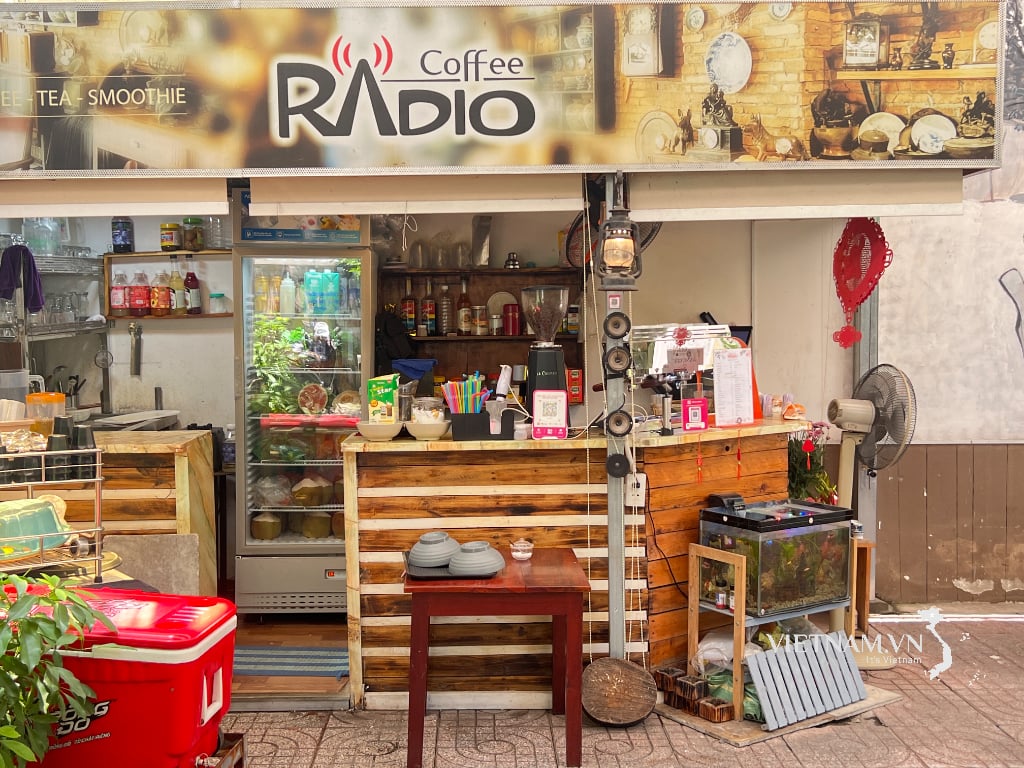


Comment (0)